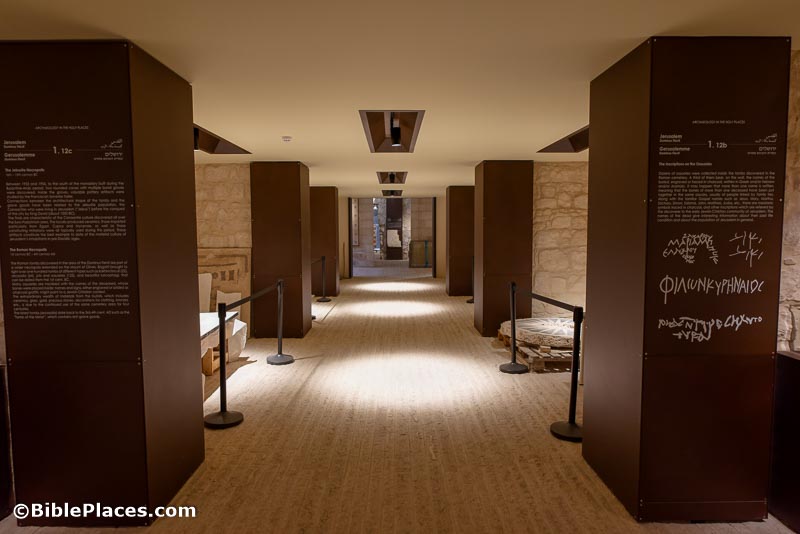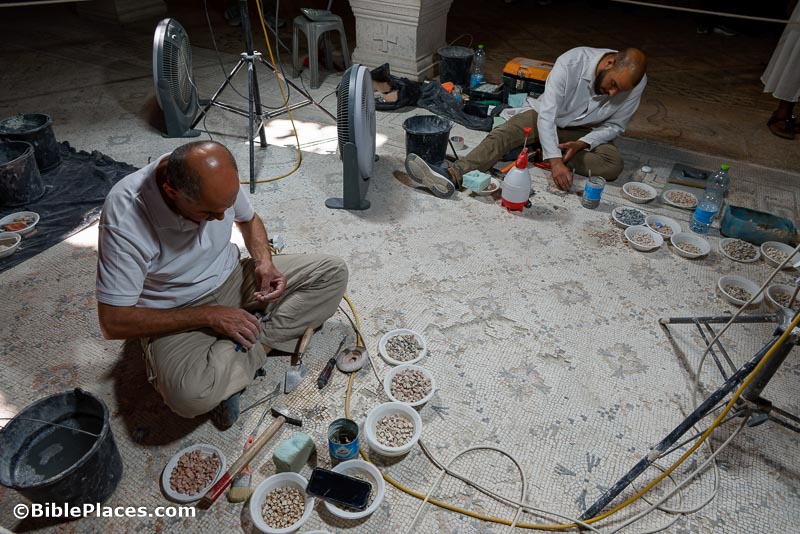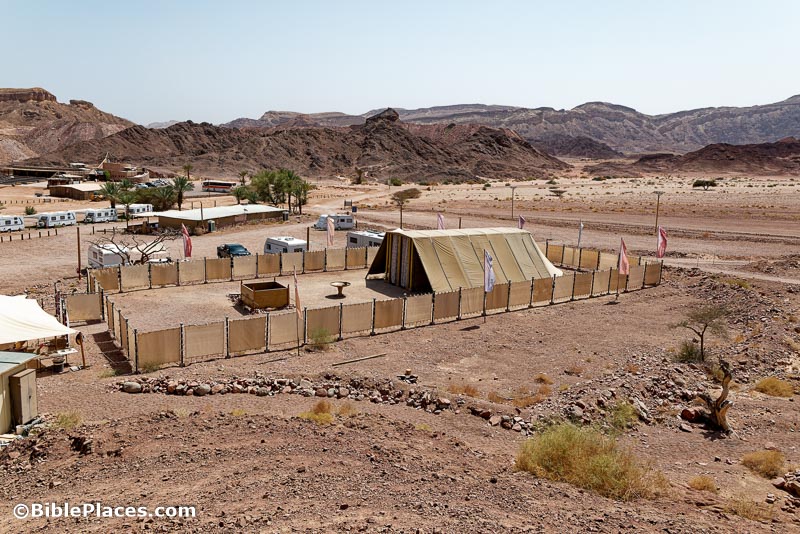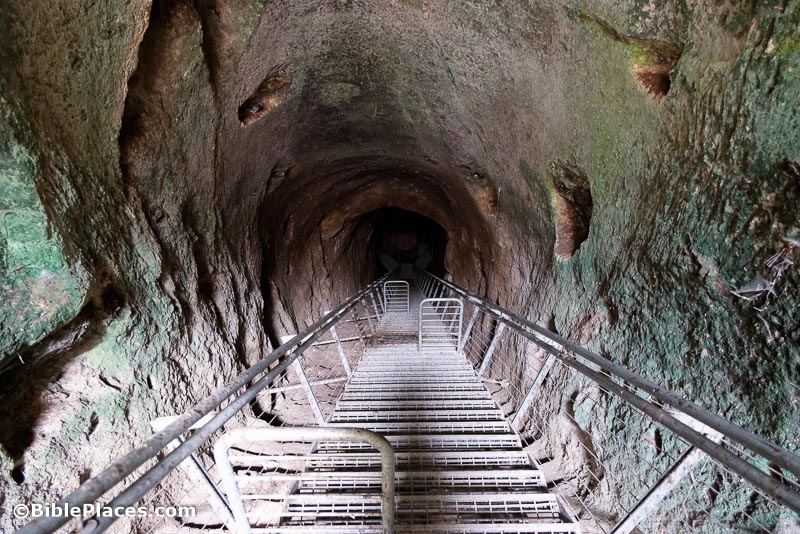Jerusalem Seminary is going strong, with more classes than ever being offered this fall. This is the first time they’re offering all three levels of Biblical Hebrew as a living language, all taught by believing Israeli teachers. And they have a number of other interesting courses. Here’s a brief rundown, with links for more information.
Biblical Hebrew as a Living Language (Level 1), US time slot taught by two JS Hebrew for the Nations certified Israeli teachers.
Biblical Hebrew as a Living Language (Level 1), Asia/Pacific time slot taught by two JS Hebrew for the Nations certified Israeli teachers.
Biblical Hebrew as a Living Language (Level 2), taught by two JS Hebrew for the Nations certified Israeli teachers.
Biblical Hebrew as a Living Language (Level 3), taught by two JS Hebrew for the Nations certified Israeli teachers.
Life and Land of Yeshua, taught by Gary Alley, MA.
Early Christian Worship in its Jewish Context, taught by Brittany Loewenstein, MM.
Faith, Ministry and Politics in the Middle East, facilitated by Dr. Philip Lanning.
Biblical Hebrew Reading Groups and Tutoring– read Biblical texts together guided by JS Hebrew for the Nations certified Israeli teachers, or sign up for one on one tutoring.
You can find all the details at the Jerusalem Seminary course catalog.



